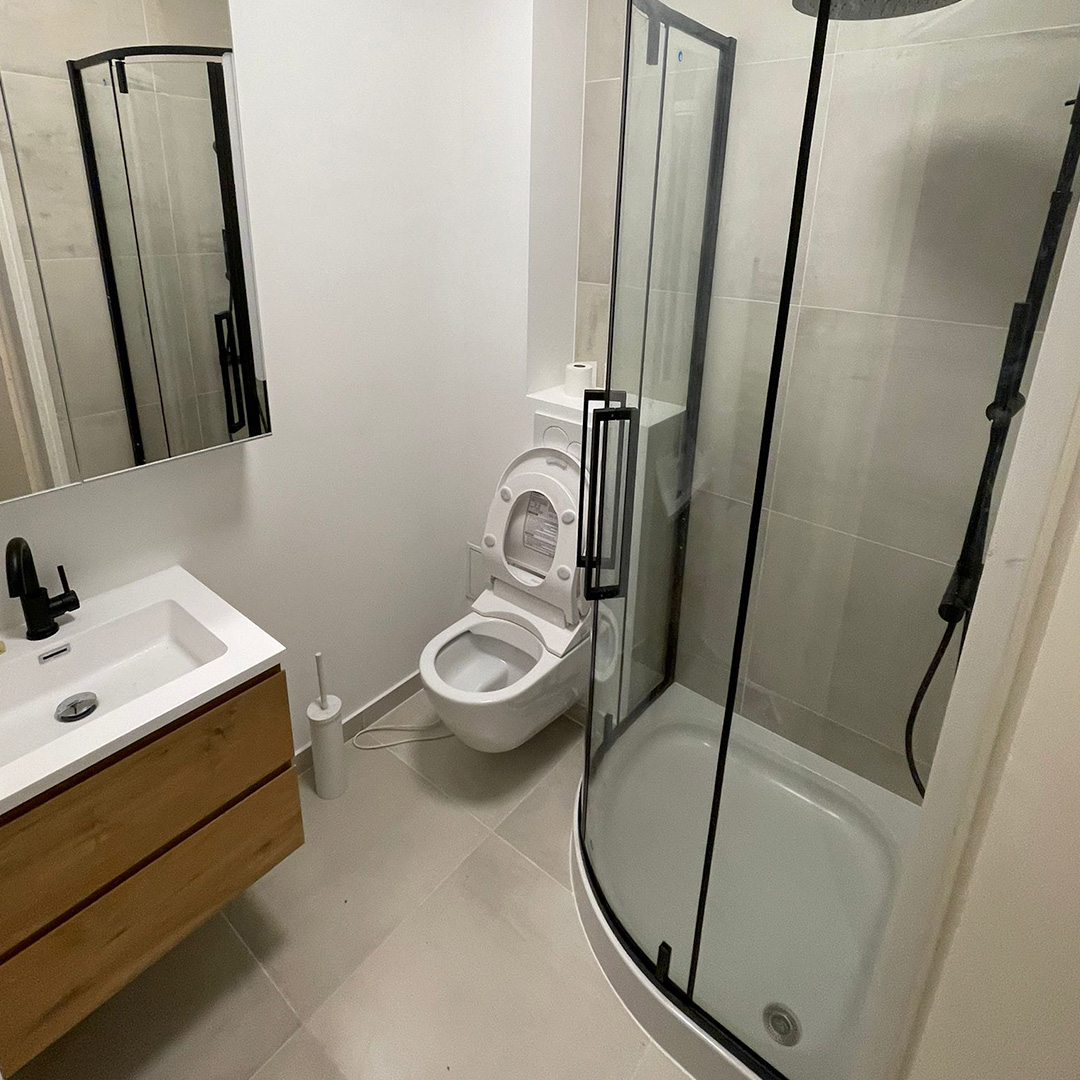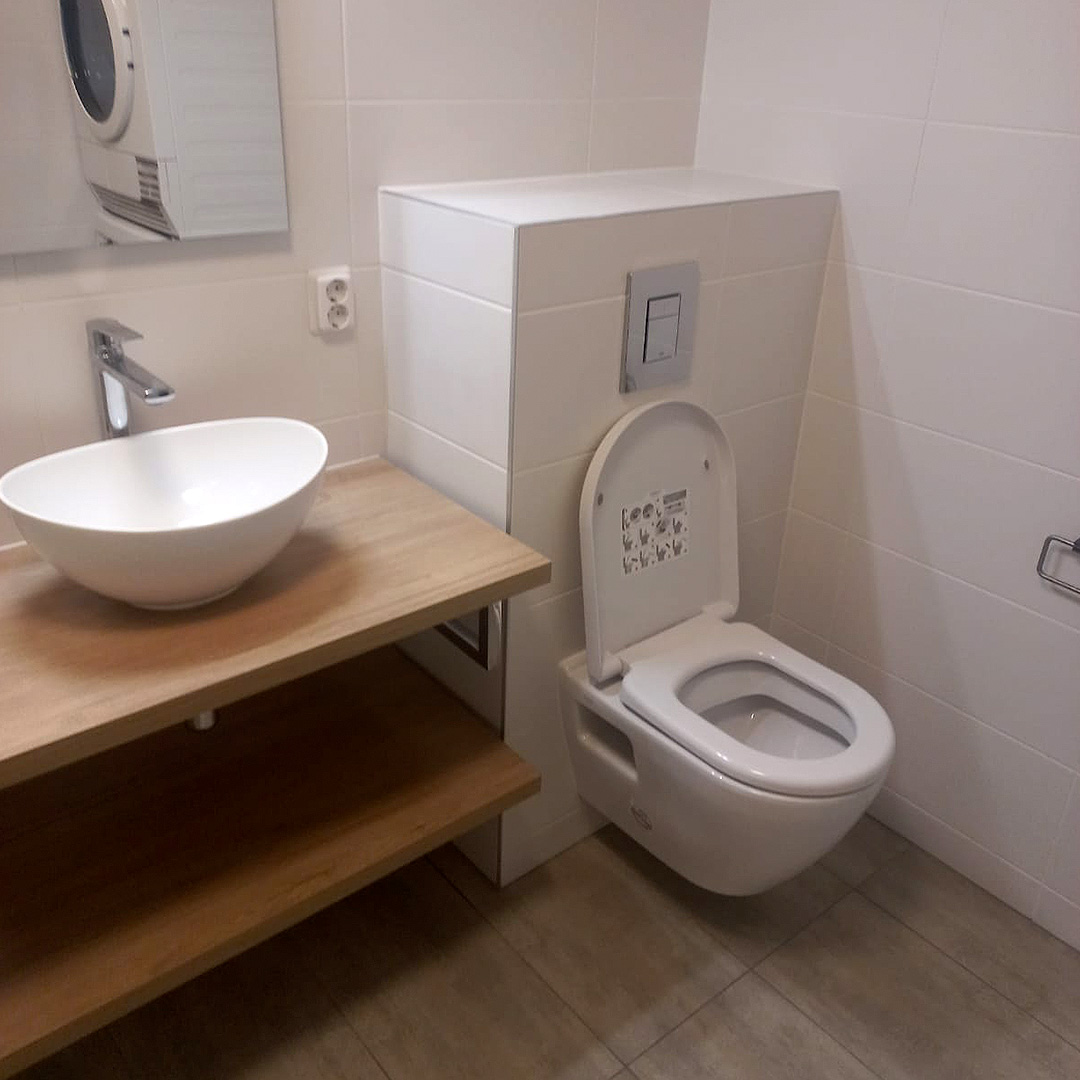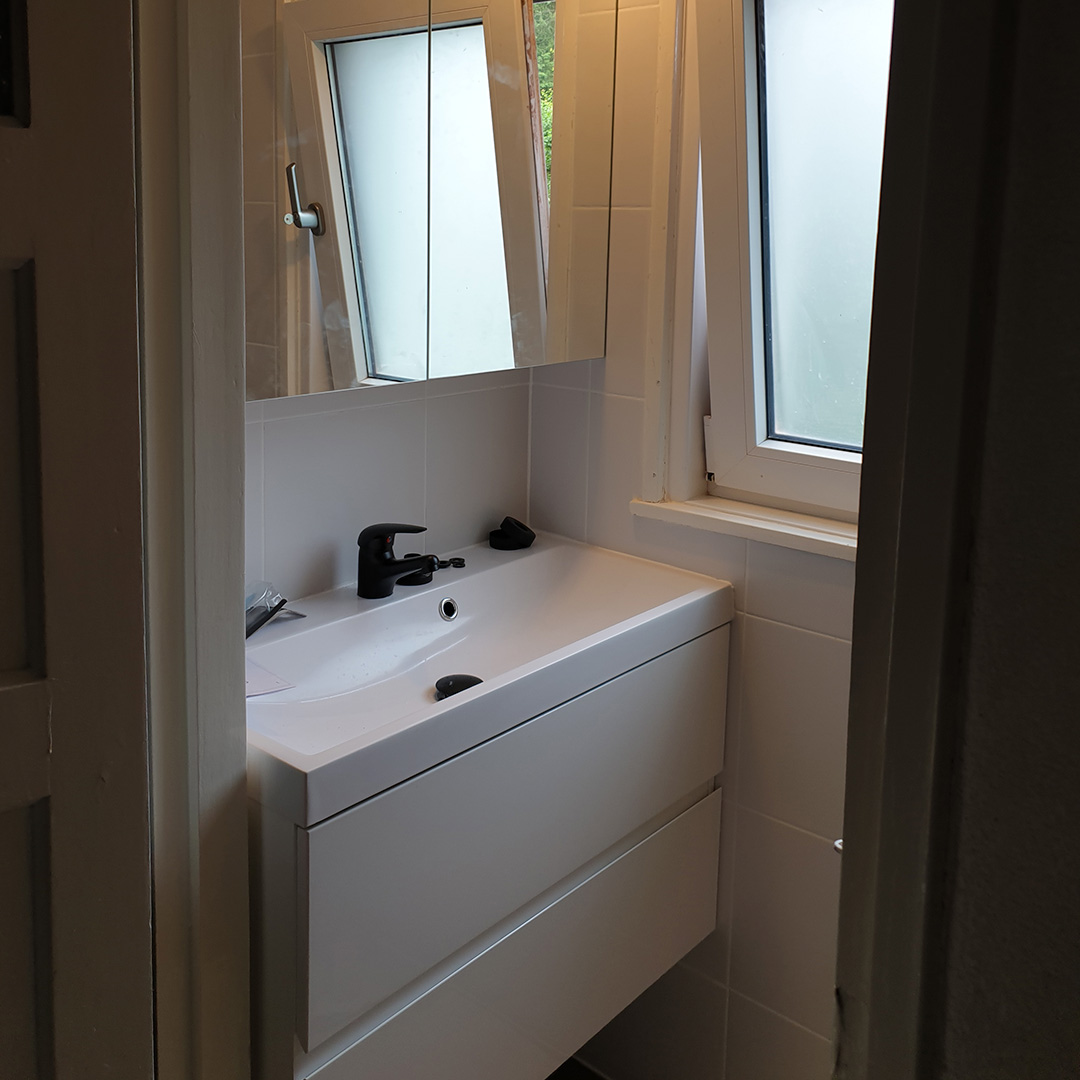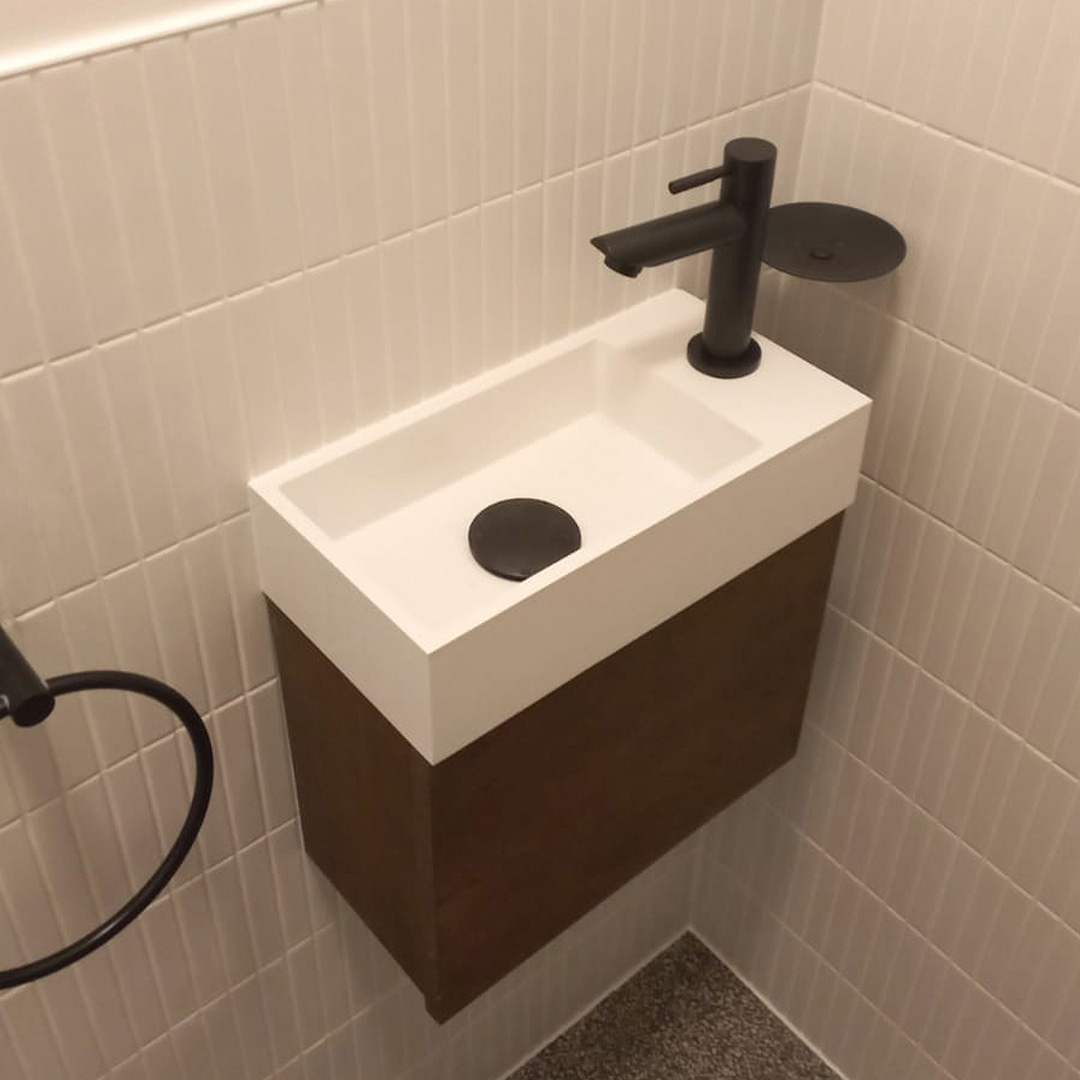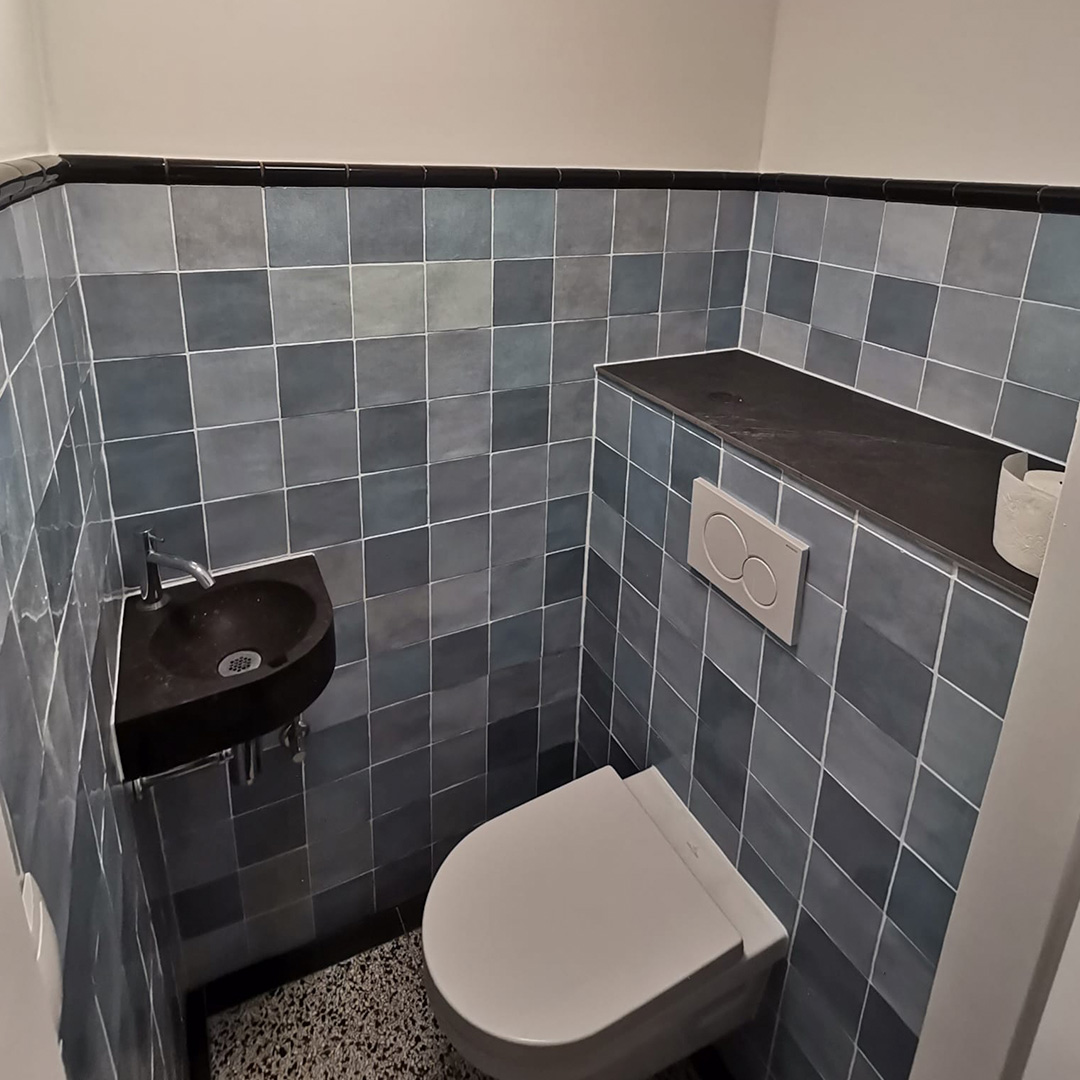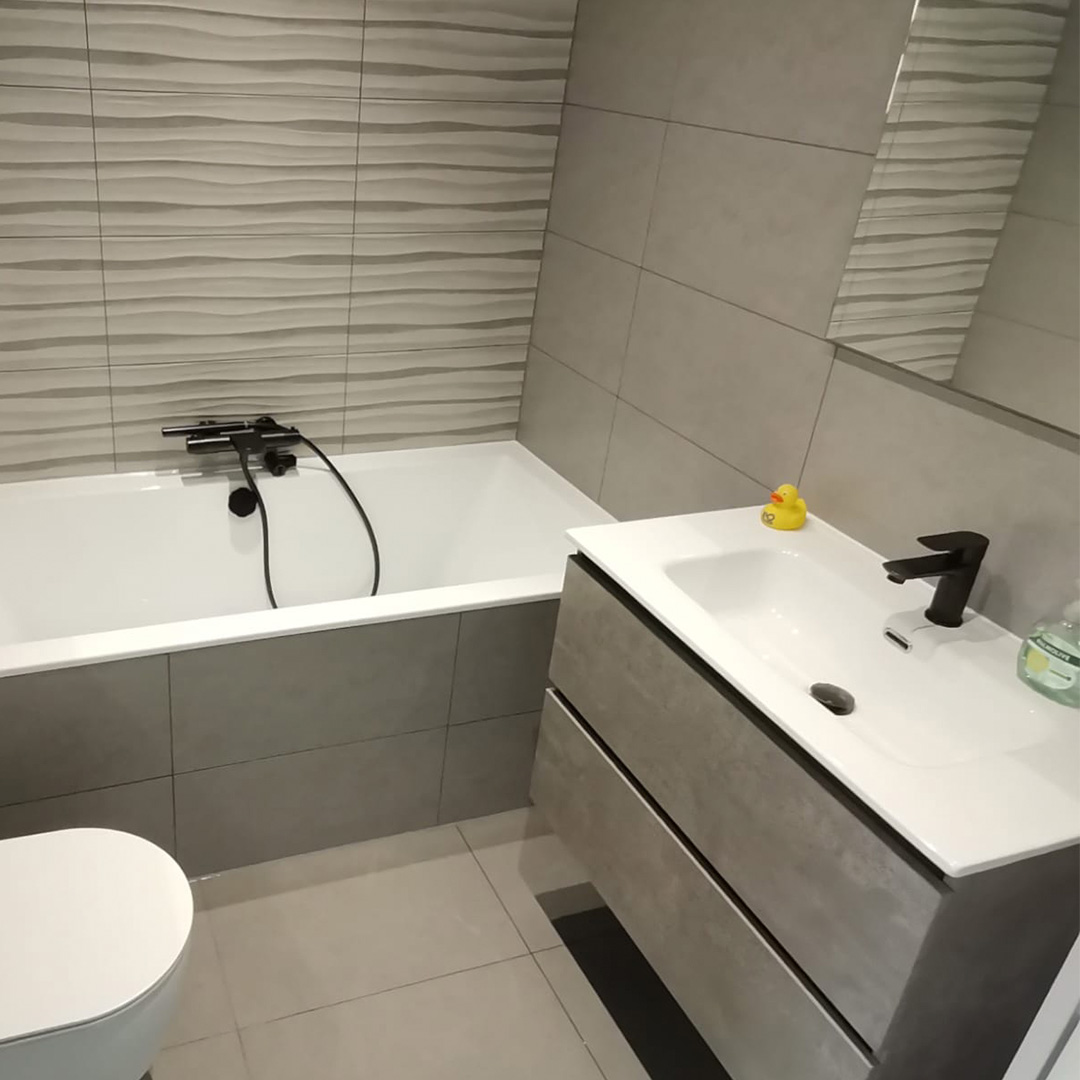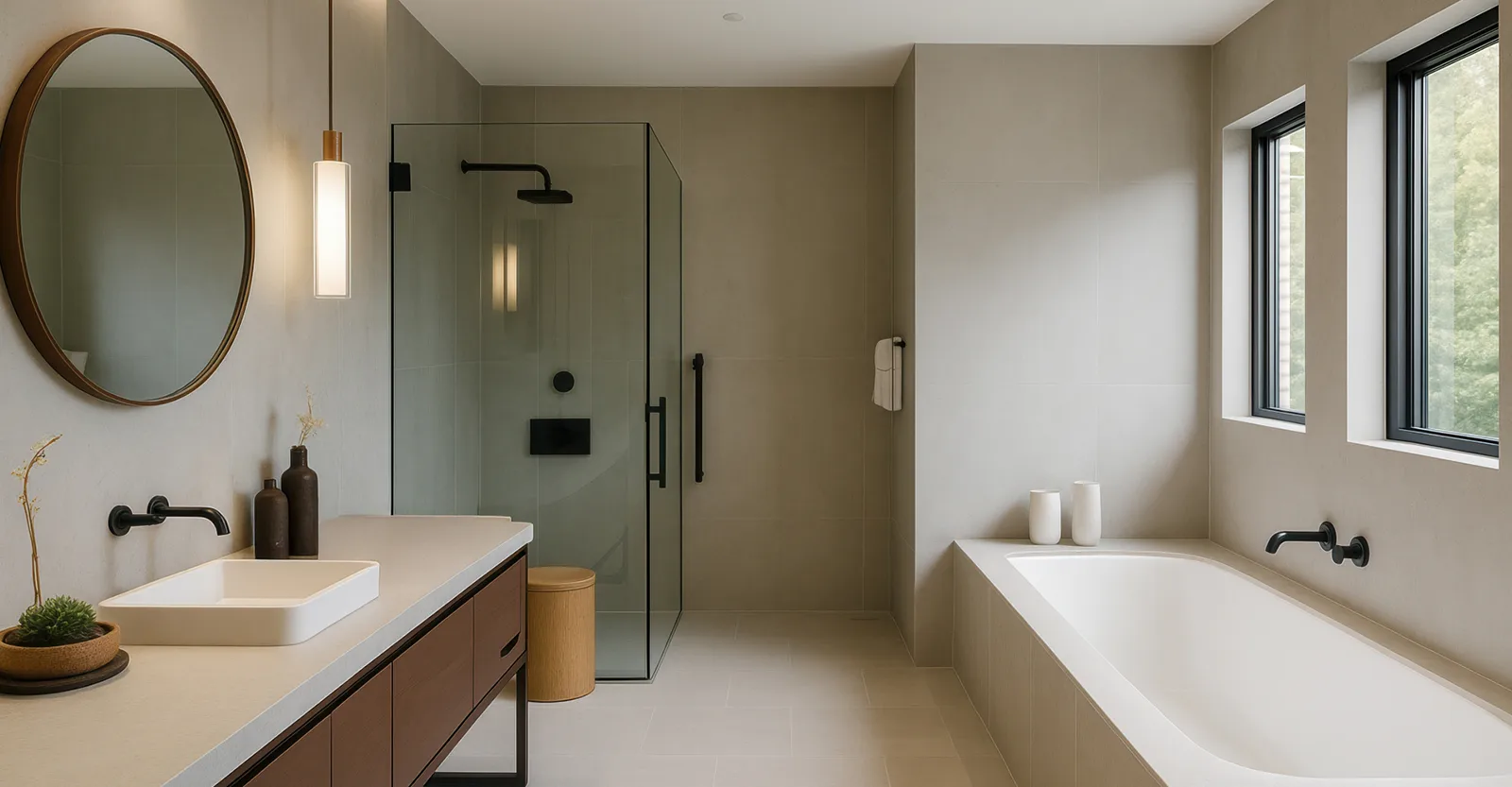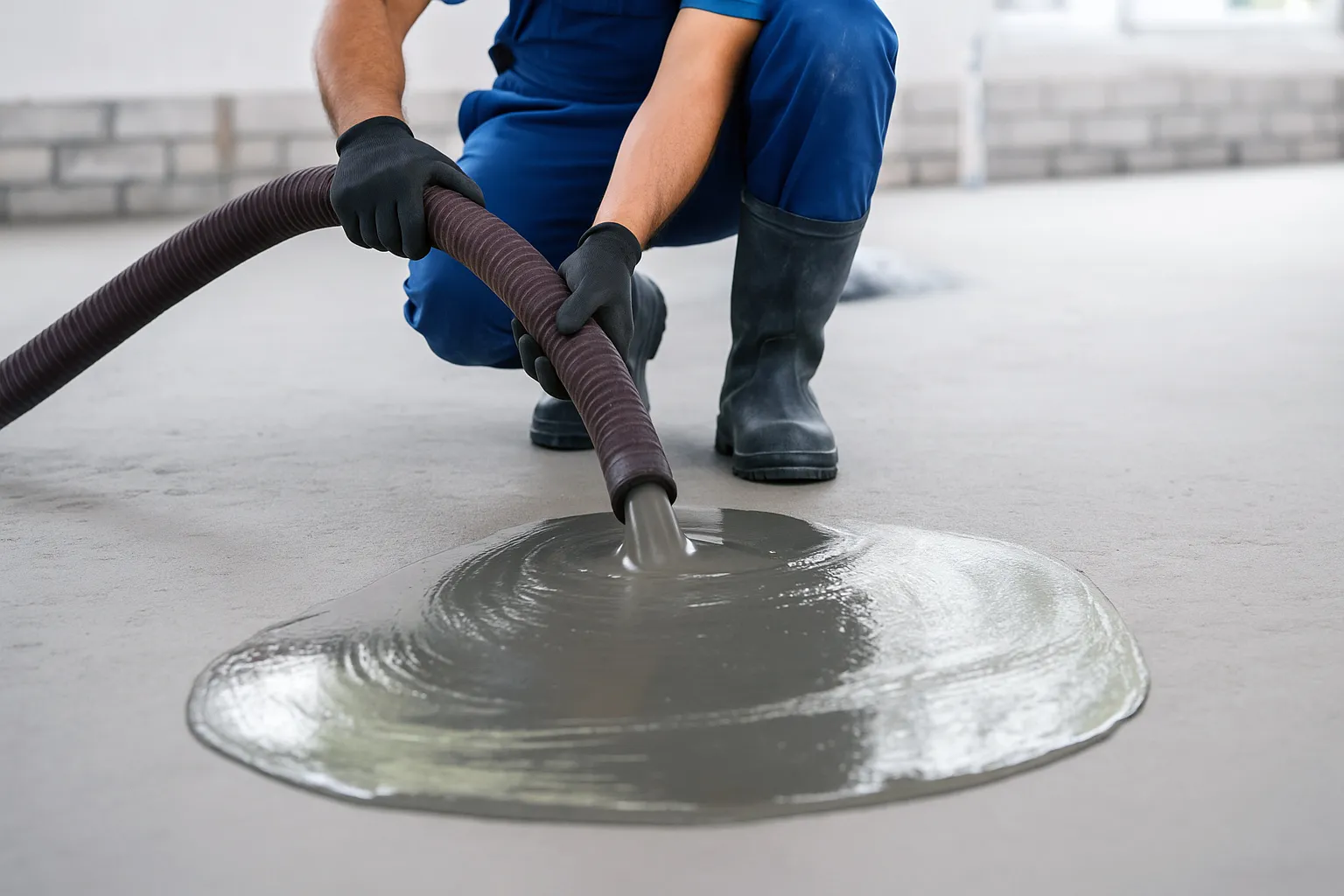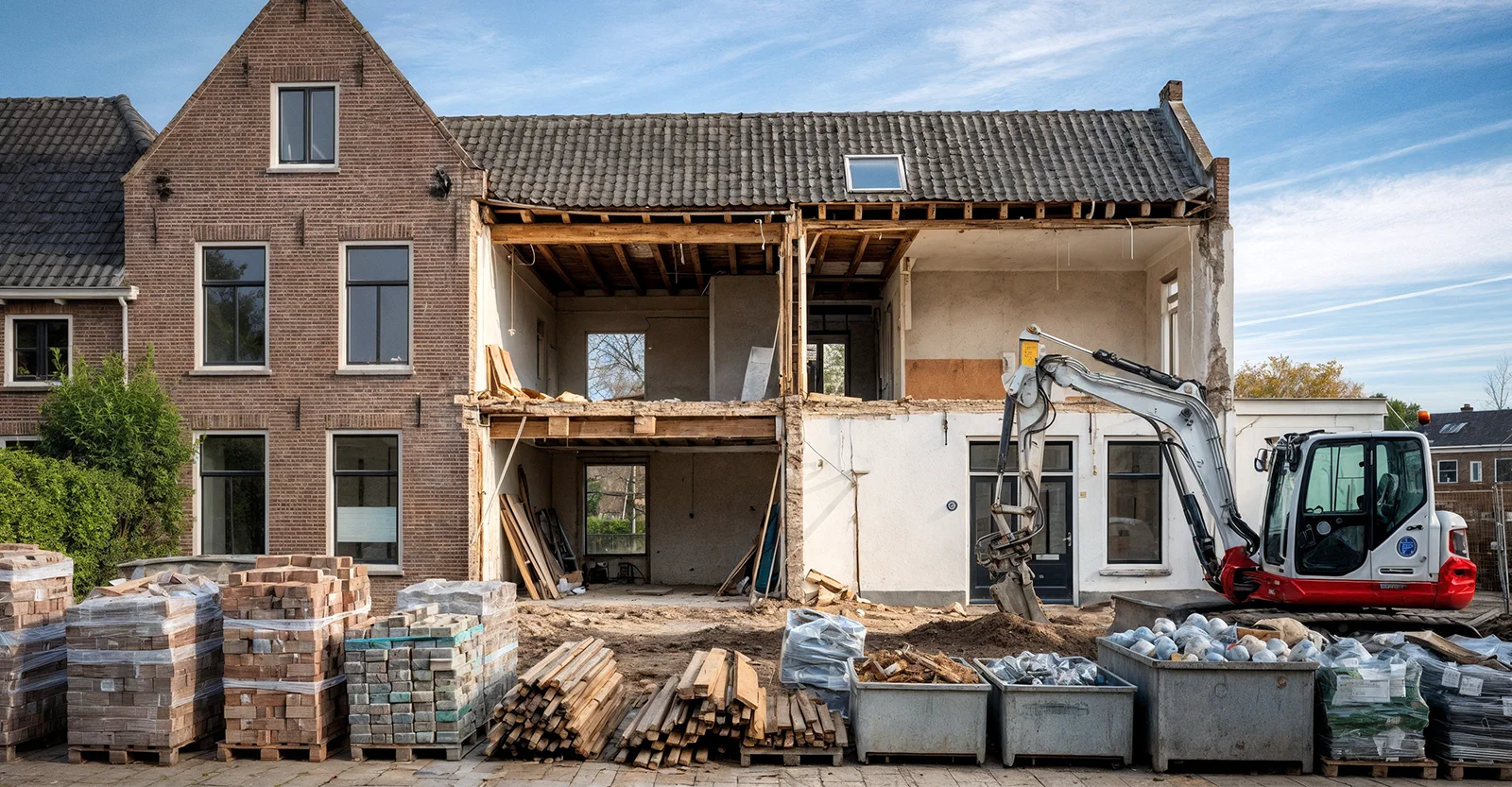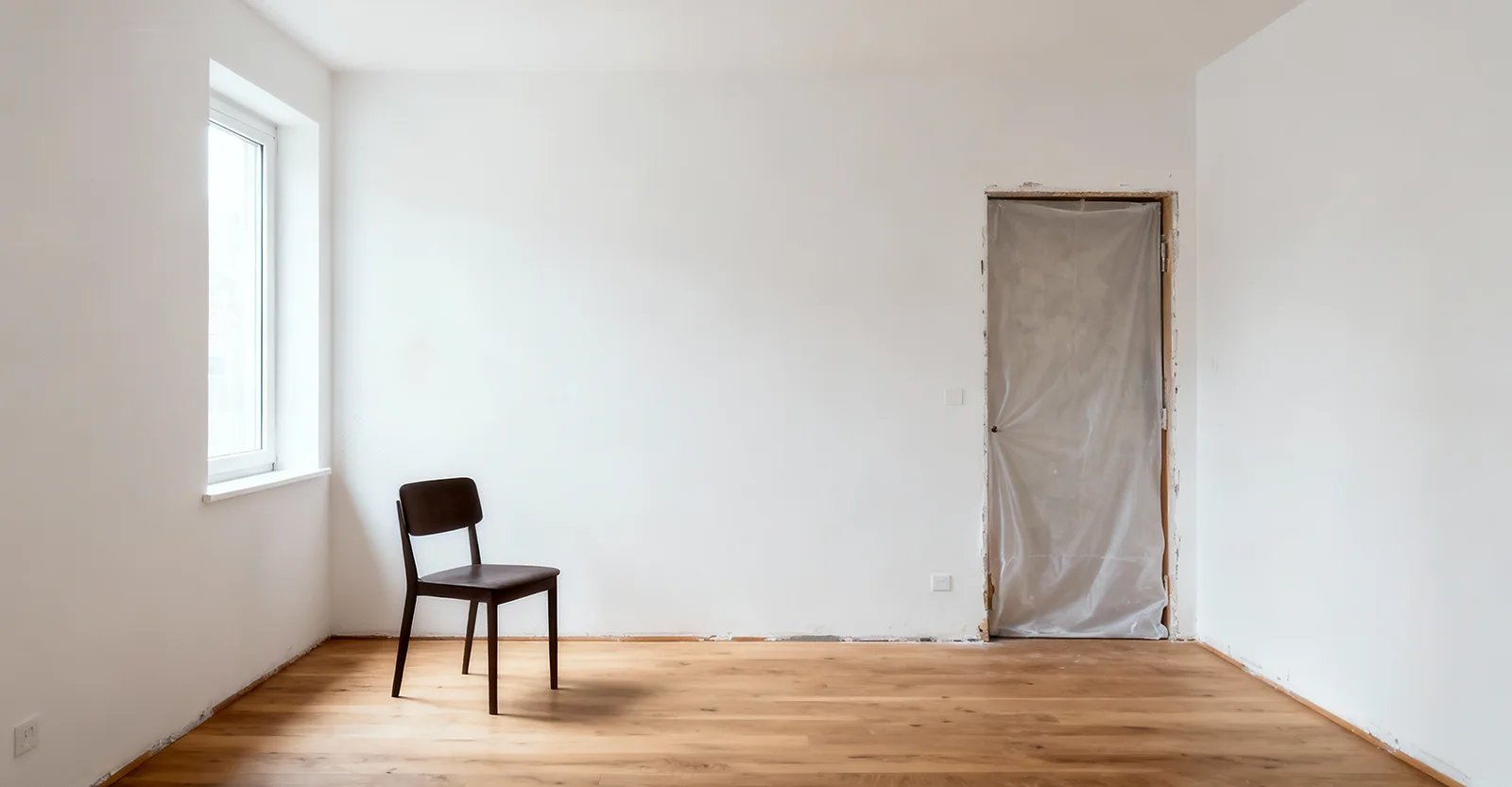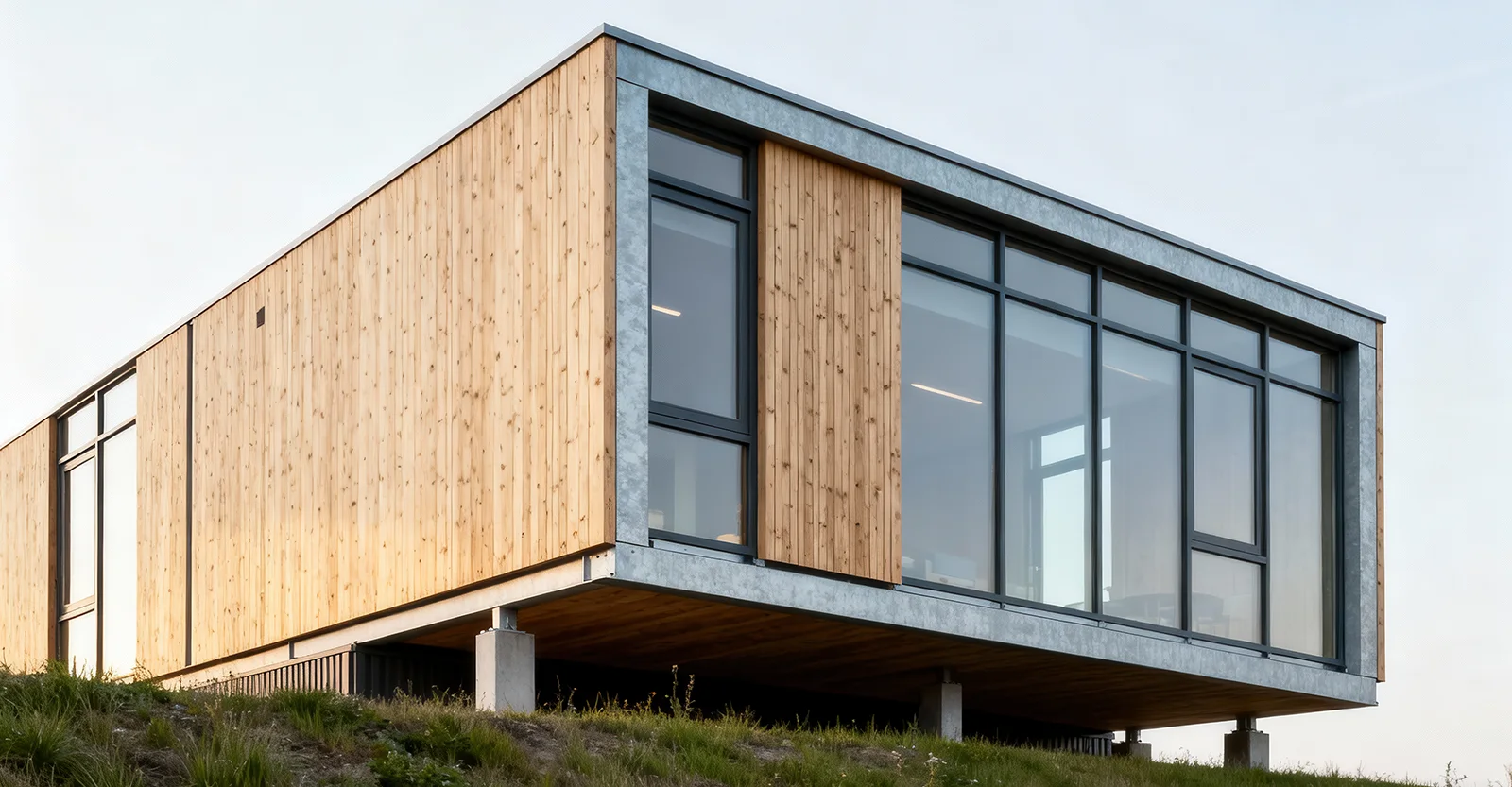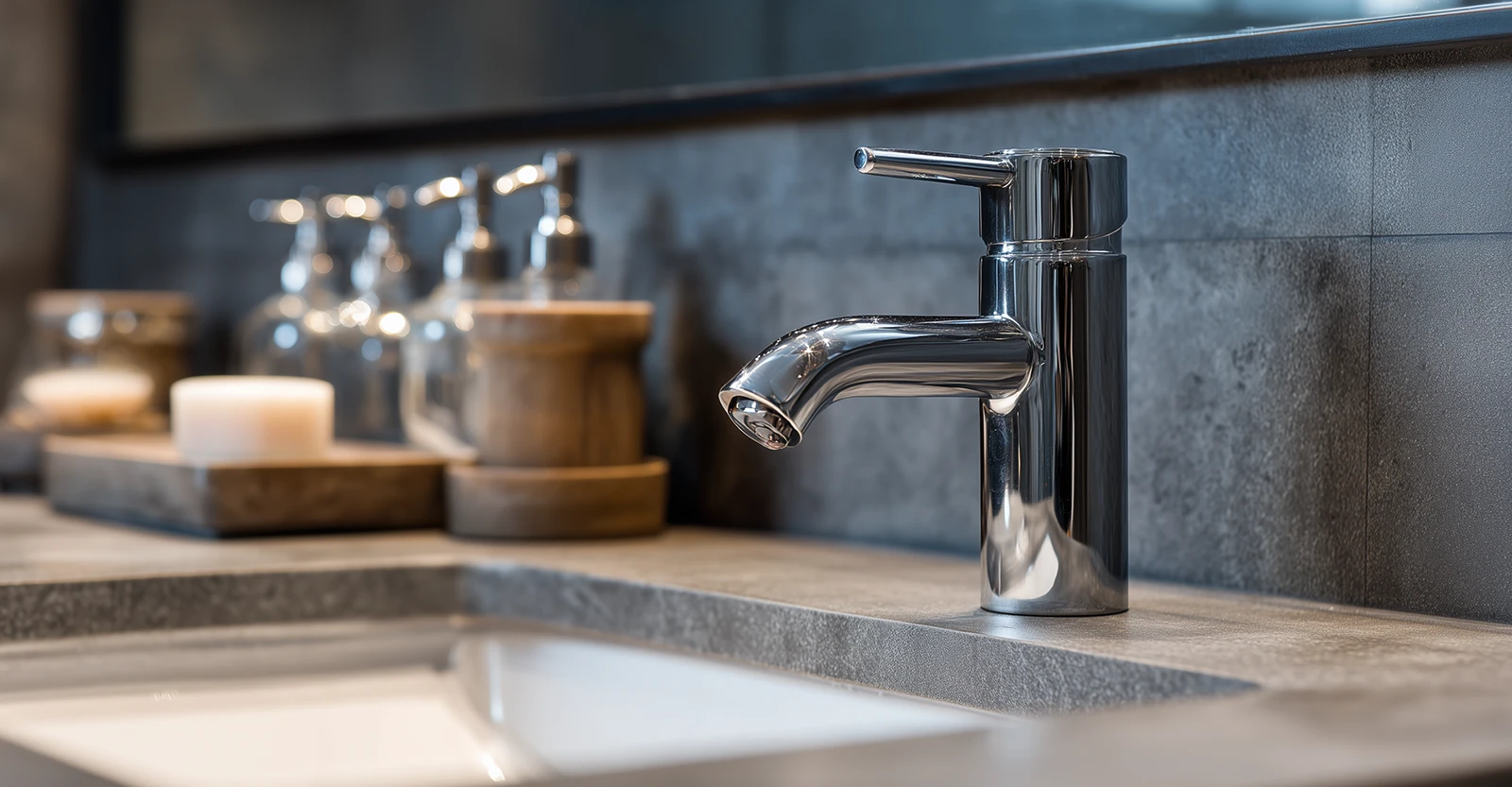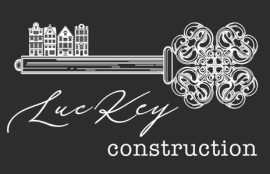Foam concrete, a unique material, is gaining traction in the Netherlands, known for its innovative and sustainable approach to construction. This lightweight, versatile substance offers a range of benefits for projects of all sizes, from infrastructure repairs to eco-friendly buildings.
What is Foam Concrete?
Foam concrete, also known as lightweight cellular concrete, is a pre-mixed blend of cement, water, sand, and a foaming agent. The agent creates air bubbles within the mixture, resulting in a material with a density significantly lower than traditional concrete. This makes it:
- Lightweight: Up to 80% lighter than regular concrete, reducing transportation costs and strain on structures.
- Insulating: Excellent thermal and acoustic insulation properties, leading to energy savings and improved noise reduction.
- Flowable: Easily pumped and fills voids effortlessly, minimising labour and time spent on levelling and compaction.
- Fire-resistant: Offers superior fire resistance compared to some traditional materials.
- Sustainable: Requires fewer raw materials and produces less CO₂ during production, making it an environmentally friendly choice.
Benefits of Using Foam Concrete Services in the Netherlands
Foam concrete’s unique properties offer a multitude of advantages for Dutch construction projects:
- Infrastructure Repair and Rehabilitation:
- Filling voids and cavities in dikes, bridges, and other critical infrastructure.
- Lightweight bedding for sensitive underground utilities.
- Trenchless repair minimises disruption to traffic and the surrounding areas.
- Building Construction:
- Non-load-bearing walls and partitions for improved insulation and soundproofing.
- Roof screeds and lightweight flooring for enhanced thermal performance.
- Prefabricated lightweight panels for faster and more efficient construction.
- Landscaping and Horticulture:
- Creating lightweight backfills for retaining walls and embankments.
- Drainage channels and erosion control solutions.
- Rooftop gardens and green spaces on top of existing structures.
Examples of Foam Concrete Use in the Holland
Foam concrete is already making waves in various Dutch construction projects:
- A2 Motorway Expansion: Foam concrete was used to fill voids under newly built bridges, minimising weight on the existing infrastructure.
- Rotterdam Cruise Terminal: Lightweight foam concrete panels were used for the terminal’s roof, achieving superior insulation and reducing construction time.
- Utrecht Central Station Renovation: Foam concrete was employed for trenchless repairs under the platform, minimising disruption to train services.
The Future of Foam Concrete in the Netherlands
With its impressive benefits and growing popularity, foam concrete is poised to play a significant role in the future of Dutch construction. Its versatility, sustainability, and ease of use make it an ideal choice for a wide range of projects, contributing to a more efficient, innovative, and environmentally conscious construction industry in the Netherlands.
Conclusion
Foam concrete services offer a lightweight and sustainable solution for various construction needs in Holland. From infrastructure repair to eco-friendly buildings, this innovative material is paving the way for a more efficient and responsible future for Dutch construction. So, the next time you see a construction project in the Netherlands, take a closer look – you might just spot the telltale bubbles of foam concrete at work!
Are you interested in learning more about foam concrete services and how they can benefit your next project in the Netherlands? Contact LucKey Construction to discuss your specific needs and discover the possibilities of this versatile material.

